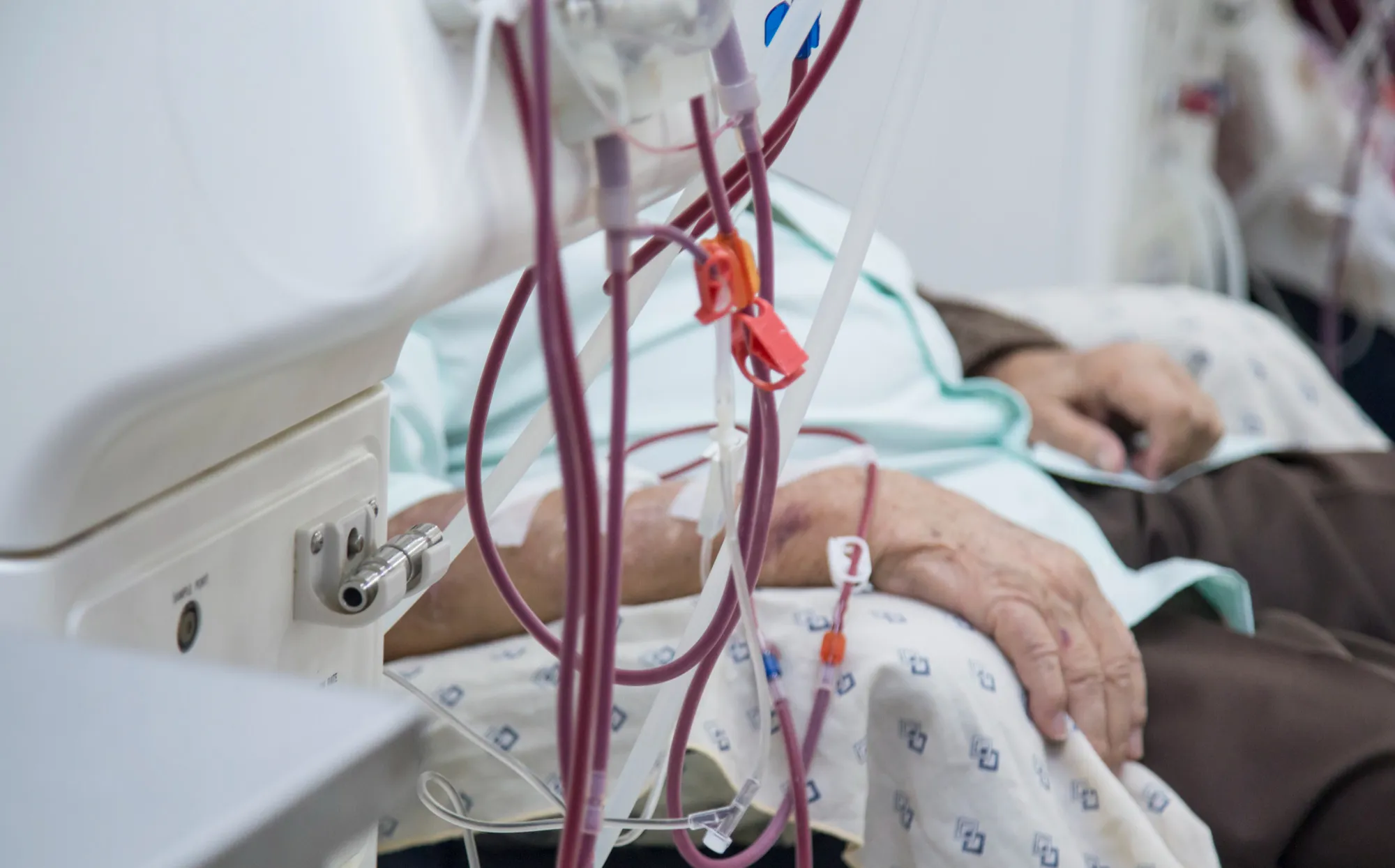Keywords
1. Heparin-free dialysis
2. Anticoagulation in hemodialysis
3. Extracorporeal circuit patency
4. Regional citrate anticoagulation
5. Dialyzer membrane technology
Hemodialysis is a lifesaving procedure for patients with kidney failure, but the traditional use of heparin to prevent clotting in the extracorporeal circuit poses significant risks and complications. Heparin, though effective, can lead to systemic heparinization, increasing the likelihood of bleeding, and metabolic and immunologic effects. However, recent advancements suggest that shifting away from systemic heparinization during hemodialysis may soon be achievable.
Belgian researchers Janssens Florine V. F., Meijers Björn B., and François Karlien K. from Universitair Ziekenhuis Brussel (UZ Brussel) and KU Leuven have reviewed the current strategies to minimize or avoid systemic anticoagulation (`Seminars in Nephrology`, DOI: 10.1016/j.semnephrol.2023.151483). Their study, published on January 13, 2024, explores the evolving landscape of dialysis setup modifications with the potential to facilitate heparin-free hemodialysis.
Heparin, the standard anticoagulant for maintaining the patency of the dialysis circuit, heightens the risk of bleeding during and after hemodialysis sessions. This has prompted nephrologists to explore other avenues. Strategies currently investigated encompass a broad spectrum of options, from dilution methods, regional citrate anticoagulation, and circuit priming to dialyzer membrane alterations and dialysate composition adjustment.
Alternative Anticoagulation Strategies
One of the most promising strategies is regional citrate anticoagulation (RCA), where citrate is used to chelate calcium and reduce blood clotting within the dialysis circuit without systemic anticoagulation effects. The effectiveness of RCA has been proven in multiple studies, showing a reduction in bleeding events compared to systemic heparinization. The downside, however, stems from its potential to cause metabolic disturbances, necessitating careful monitoring of calcium levels and acid-base equilibrium.
Another approach is the modification of dialyzer membranes. The advent of dialyzers with better biocompatibility and reduced thrombogenicity has decreased the necessity for high doses of heparin. Some of these new membranes may even permit heparin-free hemodialysis in certain patients, albeit more research is needed to validate their effectiveness across a wider patient population.
The composition of the dialysate is also under scrutiny. Altering certain electrolyte concentrations in the dialysate can affect coagulation properties. For example, high concentrations of magnesium may act as a natural anticoagulant to prevent clot formation in the dialysis circuit.
Technical Innovations in Dialysis Setup
Significant technical modifications in the dialysis setup, including the priming and pre-dilution of the extracorporeal circuit, have shown efficacy in reducing clot formation. These processes help in minimizing contact activation, a critical step in the intrinsic pathway of blood coagulation.
An integrative approach, combining several of these interventions, is currently being explored. The idea is that combining incremental modifications could result in sufficient anticoagulation to prevent blood circuit clotting while minimizing risks associated with systemic heparinization.
Clinical Implications and Future Outlook
The implications for patients and practitioners are profound. A move toward heparin-free hemodialysis could dramatically reduce bleeding risks, improve patient outcomes, and possibly lower healthcare costs associated with managing anticoagulation-related complications. It is a particularly attractive proposition for patients at high risk of bleeding, such as those with coagulopathies, recent surgery, or active peptic ulcer disease.
Moreover, a deeper understanding of the pathophysiological mechanisms influencing coagulation in the extracorporeal circuit may guide the development of targeted interventions to maintain circuit patency without the adverse effects of systemic anticoagulation.
Advanced research, including randomized clinical trials, is crucial to rigorously assess the safety, efficacy, and cost-effectiveness of these novel hemodialysis strategies. The nephrology field is eagerly anticipating large-scale studies that could pave the way for widespread implementation of these techniques.
Educating Healthcare Professionals
As hemodialysis technology evolves, it is pivotal that healthcare professionals receive adequate training and education on these emerging strategies. It is just as important for dialysis centers to update their protocols and systems in line with new evidence to ensure patients receive the best possible care.
References
This article draws on the comprehensive review and insights provided in the journal ‘Seminars in Nephrology’ (`DOI: 10.1016/j.semnephrol.2023.151483`). The review article by Janssens et al. serves as a key reference guiding current and future practices in heparin-free hemodialysis.
To summarize, the ongoing research led by Janssens Florine V. F., Meijers Björn B., and François Karlien K. regarding the adaptation of the hemodialysis setup to minimize systemic anticoagulation heralds a new era in dialysis patient care. As these innovations continue to develop, staying informed and adopting safe, effective anticoagulation alternatives will be integral to advancing nephrology practice.
Future Articles and Perspectives: This news piece lays the groundwork for further discussions on patient-centric dialysis care, the balance between efficacy and safety in hemodialysis, and the technological advancements that are reshaping kidney care in the 21st century. Keep an eye out for future articles that dive deeper into the specifics of each alternative strategy, patient experiences, and long-term outcomes associated with heparin-free hemodialysis protocols.
